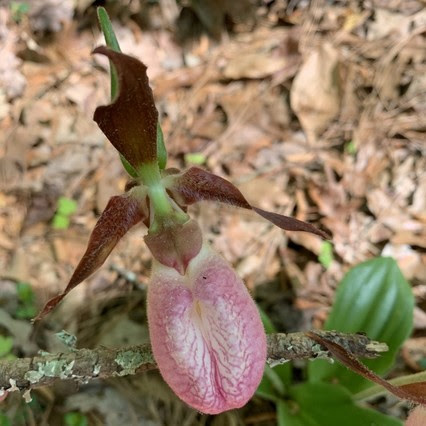Archebotanical (the study of human history through the lens of plant remains) research was conducted by the College of William and Mary and Werowocomoco Research Group between 2003 and 2005. With 44,245 specimens, it is the largest macrobotanical dataset ever collected from a Virginia Tidewater site. With wood charcoal as the most abundant specimen, the collection also includes food plants like nuts, seeds, beans, fruits and maize.
A new report provides recommendations for further archeobotanical research and public education at Werowocomoco. The findings were authored by Justine McKnight, an archeobotanical consultant with over 20 years of experience conducting research on the East Coast and abroad.
The report also rec-ommends several future research projects, such as sampling pollen cores from the marshes in order to understand changes in plant growth across the centuries. Using this data, researchers could assemble a timeline of how humans have impacted the landscape in various ways...
To view the rest of this article, you must log in. If you do not have an account with us, please subscribe here.

